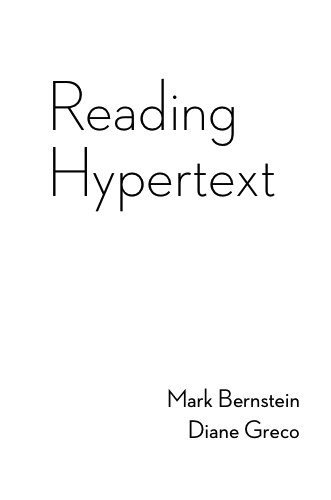Reading The Brain
Stacey Mason

Satnislas Dehaene’s Reading in the Brain: The Science and Evolution of Human Invention
explores how the brain converts words on a page to understandable meaning. In a review for the Wall Street Journal, Christopher Chabris writes,
Mr. Dehaene shows how the brain works around its lack of an evolved module for reading. It turns out that a reader, scanning a text for meaning, is drawing not on a "module" but on a large set of brain regions. Each probably evolved for other purposes, but they are now "recycled" by the demands of our culture for understanding printed text. Areas for understanding language, lodged near the front of the brain, are linked with others farther back that recognize visual details and process the distinctive sounds of human speech.
[This functionality] accounts for why the faddish "whole language" method of teaching reading has proved inferior to the traditional phonics approach: Only teaching letter-to-sound correspondences enables the brain's systems for vision and hearing to cooperate efficiently and decode words they have never encountered before, an ability that allows children to go beyond what they have been taught by others and to learn new words and ideas.
